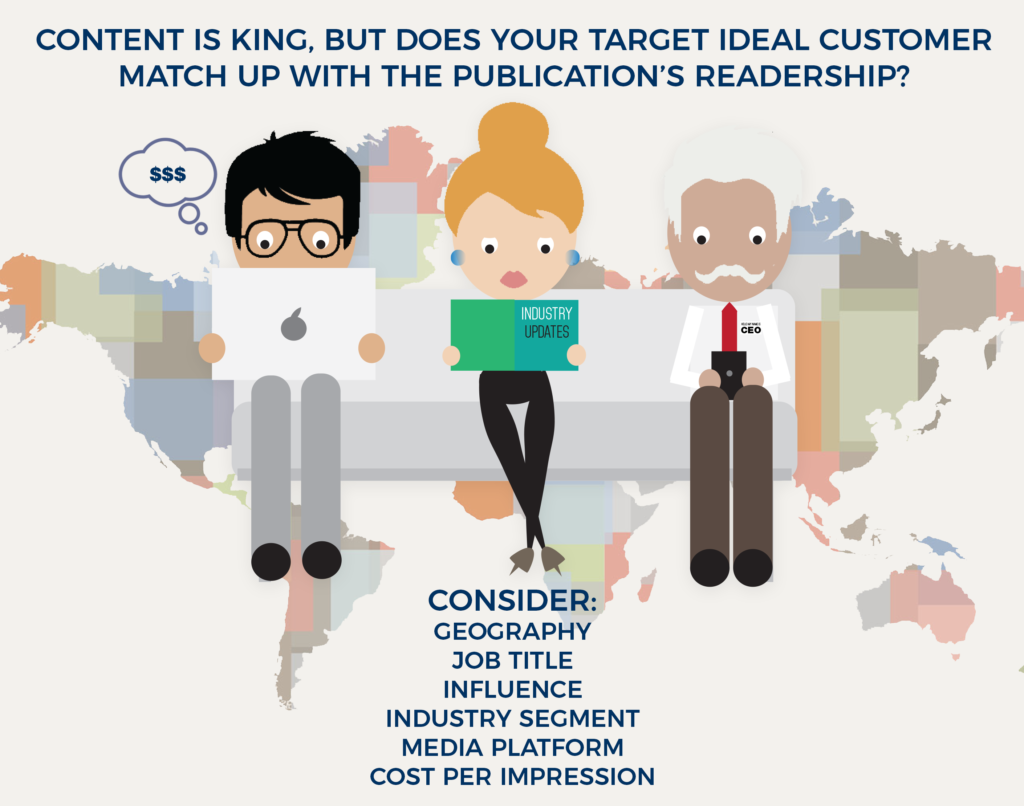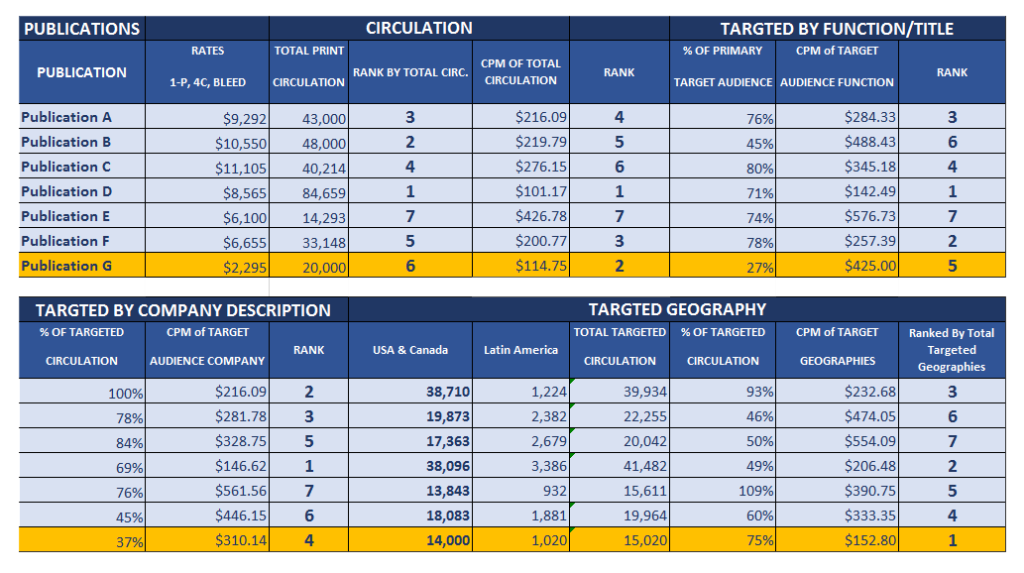Use Media Analysis to Prove the Value Of What You’re Getting with Media Buys
Marketing managers have long felt the burden of demonstrating return for their marketing efforts, but in today’s market, showing results is even more important when you have a limited budget.
“Nothing except the mint can make money without advertising.” – Thomas Babington Macaulay
Seasoned marketers know that it is crucial to keep a brand in front of the market, especially in volatile times when some companies go silent and others are closing their doors. But, when times get tough, marketing budgets seem to shrink and it becomes increasingly difficult to convince company leadership that this could be the best time to put its best foot forward and step up public relations and marketing efforts.
When marketing moves to the top of the list of potential budgetary cutbacks, proven data becomes a marketer’s best defense to show how efforts are impacting today’s buyer, as well as the sales pipeline for months to come.
This is where media analysis reporting can come in handy, especially for advertising. A media analysis report provides a clear picture of who your ad will reach, how many potential customers will see your ad and how much it will cost to reach these potential buyers. Budget-conscious executives appreciate having an easy-to-decipher tool that allows them to make informed buying decisions.
What Should a Media Analysis Report Include?
One common media planning mistake is only looking at a publication’s editorial calendar and making all your placement decisions solely from this limited information. Sure, editorial content is what helps attract a specific audience, but there are other factors you can consider.
For example, consider geography. If you are only active in the United States, should you be buying ads in a publication with 75 percent international circulation? Probably not.
Additionally, publications know you are looking for specific audiences, so they usually can provide in-depth demographic information showing their readers by job title, location, industry segment, decision-making power, etc.
If you have a clear picture of the target audience you want to reach, this should be factored into your analysis and can be ranked based on how closely a publication’s reach matches your ideal customer.

Once you have determined how each publication is used by your target audience, you can take a look at how many potential prospects receive each publication. Most major trade publications provide a Business Publication Audit (BPA) statement showing total circulation. The BPA statement can reliably be used to determine the potential reach of each placement opportunity.
Some publications will even sweeten the deal with the promise of extra eyeballs on your ad via bonus circulation at a trade show, pass-along readership stats and the promise of online viewers; however, make sure you are using comparable numbers for each publication. Sticking with the BPA reported circulation can help ensure consistency in your analysis.
Next, consider cost. Using the total reported circulation and the cost of each placement, a cost per 1,000 (CPM) viewers can be calculated to make comparing the placement cost of multiple publications much easier to evaluate. Even better would be to develop a CPM for those readers by geography or title.
When building a media analysis:
- Make sure you are measuring apples to apples – evaluate all contenders using the same methodology.
- Consider each factor important to you separately, such as percentage of offshore market, and give it a separate rank. Once you are done, you can decide which factors are most important to you now or next quarter.
- Calculate cost per impression using the same reported number such as BPA statement circulation.

Creating a media analysis report can be a very beneficial tool for evaluating media placement opportunities. While market conditions are difficult, it is important to use all the tools available to best reach your clients and prospects. Additionally, having data that supports your marketing spend is essential and helps prove that efforts align with your company’s overall business goals.
Foster intern Chandler Coffing contributed to this article.
Foster Marketing develops media plans and strategically places ads to help our clients reach their customers, build awareness for their products and services and turn prospective customers into buyers. Contact us today to discuss your advertising goals!
